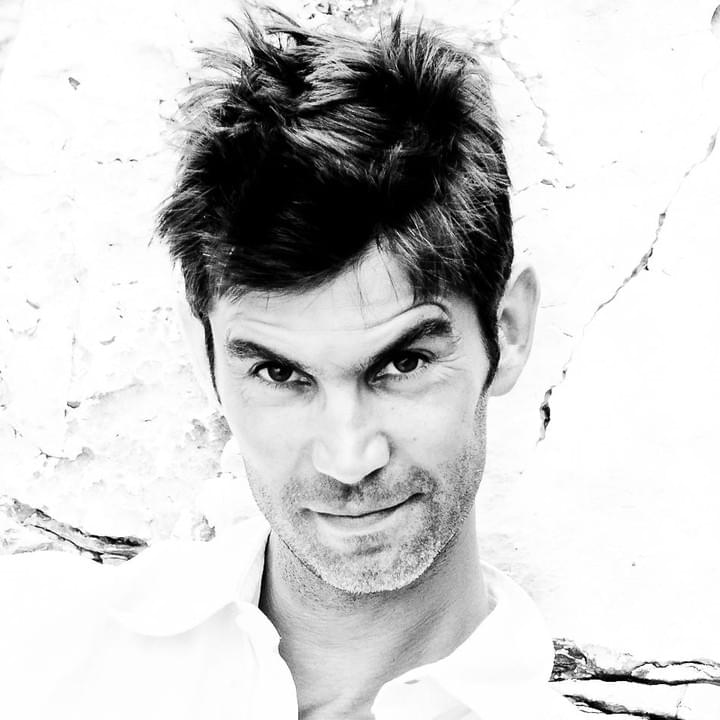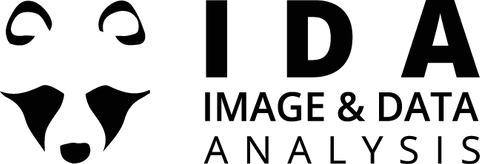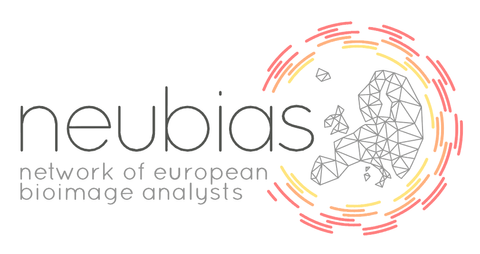

Time: 19th - 24th June 2018
Place: ETH, Zurich, Switzerland
Participation fee: 500 CHF (academia) / 1'000 CHF (industry)
- Anyone can apply - irrespective of affiliation, position, or location!Deadline: 15th April 2018 at 23:59 CET
Application Closed
About the School
This one-week school provides a hands-on introduction to image processing and analysis, with an emphasis on biologically relevant examples
Is this school for you?
- Are you a life-science researcher with a pressing need to quantify your light-microscopy images?
- Are you uncertain about how to: Best calculate co-localisation, do deconvolution, automate the counting of cells, track objects over time, handle massive amounts of image data, record your image-analysis work-flows in a reproducible manner?
- If you answered yes to some of the above, then this school is for you!
Motivation
Digital images of high quality and quantity are now the norm in biomedical sciences. Ten to twenty years ago, when many current professors trained as students or post-docs, this was not yet the case as most microscopes were, at best, equipped with low-resolution digital cameras, celluloid-film (analogue) cameras, or no camera at all.
This rapid change is rarely reflected in the curricula of life-science university departments and they offer few, if any, courses in image processing and analysis. Understandably, courses in image-analysis (computer-vision) in the computer-science departments tend to have different aims, work on different image-data, and pre-suppose literacy in at least one programming language, rendering them all but irrelevant for the life-scientist working in the laboratory.
To bridge this gap, between what the life-scientist needs and what courses he/she is normally offered, we have created this school for image analysis. No former experience with programming is assumed, nor will much indeed be needed; only a strong desire to learn what can be done and how to do it is required.
What you will learn
You will learn the fundamentals of image analysis, including basic macro programming in ImageJ/Fiji as well as other software solutions.
In the first part of the week we will also cover the process of image-formation as it pertains to image analysis: Resolution, correct exposure, point-spread functions, detector noise, Shannon's sampling theorem, and aliasing. All with a clear focus on application in the lab.
In the second half of the week there will be a number of focused topics, building on what was learnt during the first days:
- Scripting in MATLAB
- Tracking particles and cells in time-lapse recordings
- De-convolution of microscopy images
- Stitching and registration of stacks of large image data
Structure of the week
You will be working actively with image-analysis software every day -- this is an interactive hands-on school, not a passive lecture series. Short introductions are followed by guided work-flows that we step through together. You can and should ask questions at any time throughout.
There will be a single invited lecture every day, alternating between scientists using image-analysis as an integral part of their biomedical research and researchers developing new image-analysis algorithms and software.
You will have the chance to work on your own data, that you brought from home, throughout the week, with support from the trainers.
In the second part of the week you will be working on image-analysis projects, in groups, with support from the trainers. On the last day you will present the results of your project-work.
Printed material as well as online material will be made available for all the modules.
Factoids
- We will accept 25 participants --- this number is kept low to facilitate effective tutoring.
- The school takes place in Zurich
- You will need to bring your own laptop (let us know if this is not possible for you)
- Participation is only possible for the entire week
- A small number or travel grants and fee-waivers are available, mainly for non-Swiss people
- PhD students can earn two ECTS points from the school
- Lunch will be provided, other meals are up to you
- Travel and accommodation arrangements are your own responsibility
Program
Preliminary program, expect changes to actual topics

For those staying longer: Two-day symposium on biomedical imaging June 25-26
Poster
Please help us promote the event!
Trainers
With backgrounds in biology, computer science, and physics and extensive teaching experience across the disciplines


Speakers
Scientists using or developing image analysis methods in their research
General research topics of the lab
- Nuclear organization
- Intracellular transport between the nucleus and the cytoplasm
- Nuclear pore structure and function
- mRNA transport and degradation
Ivo's work focuses on developing, applying, and teaching particle methods for image-based computational biology. This includes particle methods for multi-scale simulations, bio-image processing, bio-inspired optimization, and parallel high-performance computing for particle methods. Current applications revolve around the topic of Systems Biology of Development. Ivo is the founder and head of the MOSAIC Group.
Our lab develops experimental and computational methods to unravel regulatory systems on the single-cell level that underlie cancer development.
Our group’s goal is to develop methods to quantitatively analyze and model trans-cellular circuits to unravel how complex cell phenotypes in tumors are controlled. Our hope is that this will enable targeted modulation that interferes with the hallmarks of cancer and tumor development.
Eleonora Secchi, from the Stocker lab, is specialized in combining microfluidics and video microscopy to study soft matter and biological samples in carefully controlled environments. She developed a new velocimetry technique called Ghost Particle Velocimetry (GPV) suitable for microscale and macroscale soft matter systems. She successfully applied this technique to study bacterial suspensions in flow.

Dr. Kota Miura
EMBL / University of Heidelberg, Heidelberg
Kota Miura had been working at the Centre for Molecular and Cellular Imaging, EMBL Heidelberg as Scientist and IT engineer since 2005, and since 2014, he is working as an associate professor of the European branch office of National Institute of Basic Biology (Japan) and as a senior image analyst at EMBL. B.L.A. (Liberal Arts, ICU, Tokyo), M.Sc (Physiology, Osaka), Ph.D. (Cell and Developmental Biology, Munich). A biologist now very much specialized in image analysis.
Organisers
Scientific Organisers
Course Organisers
Advisory Board
Zurich Image and Data Analysis School 2018
Managing Director
ETH Zurich
Scientific Center for Optical and Electron MicroscopyTechnical Director - Light microscopy & screening
ETH ZurichConnect With Us
Something unclear? Let us know!
© 2018





























